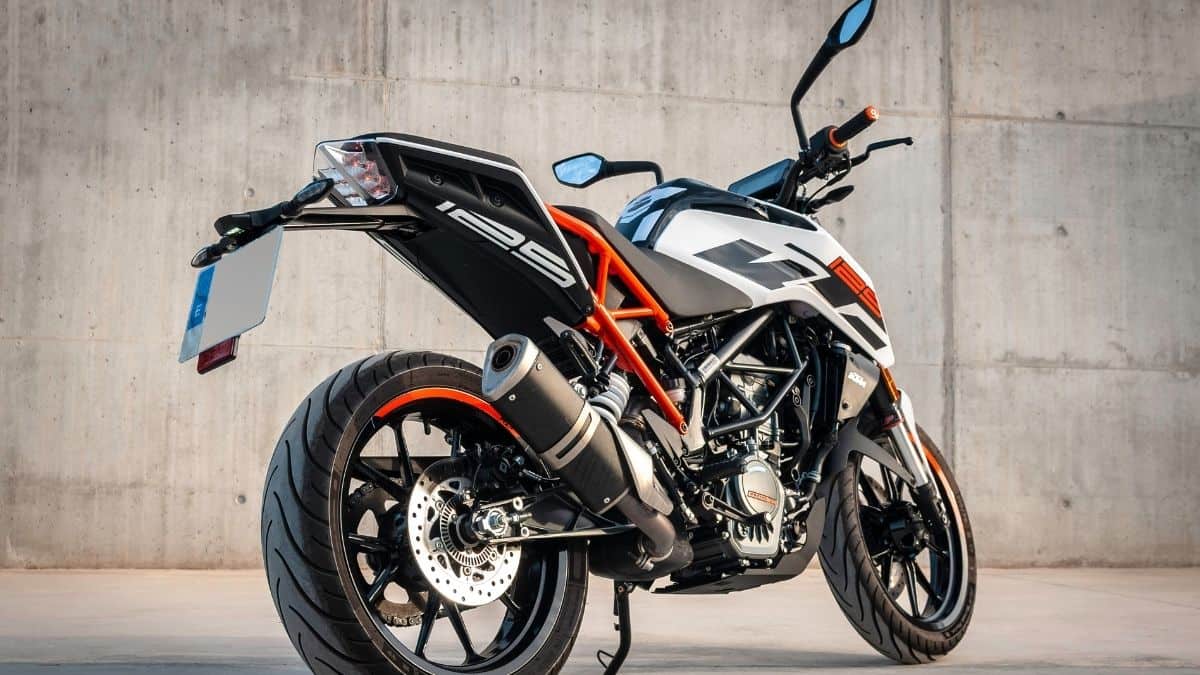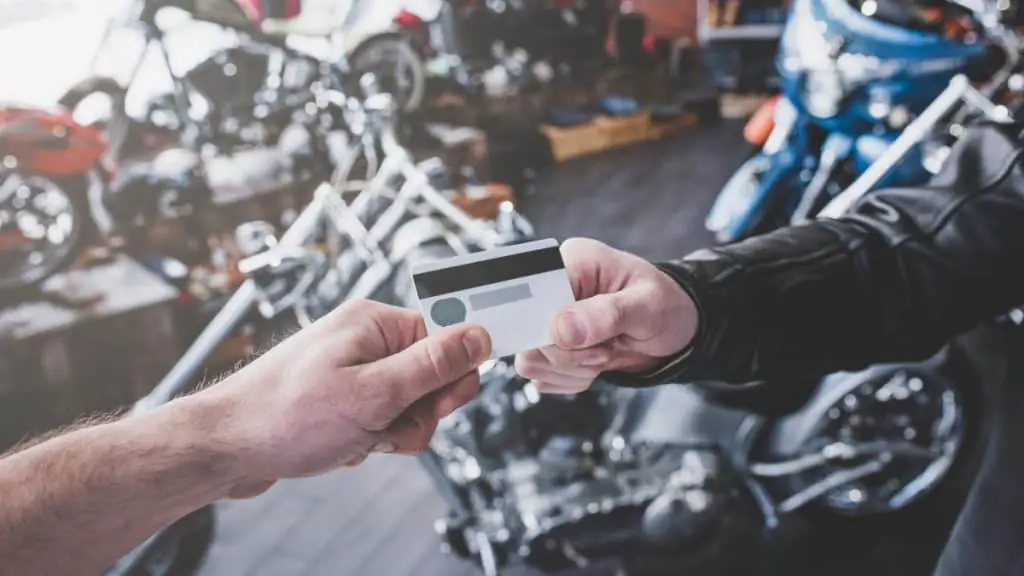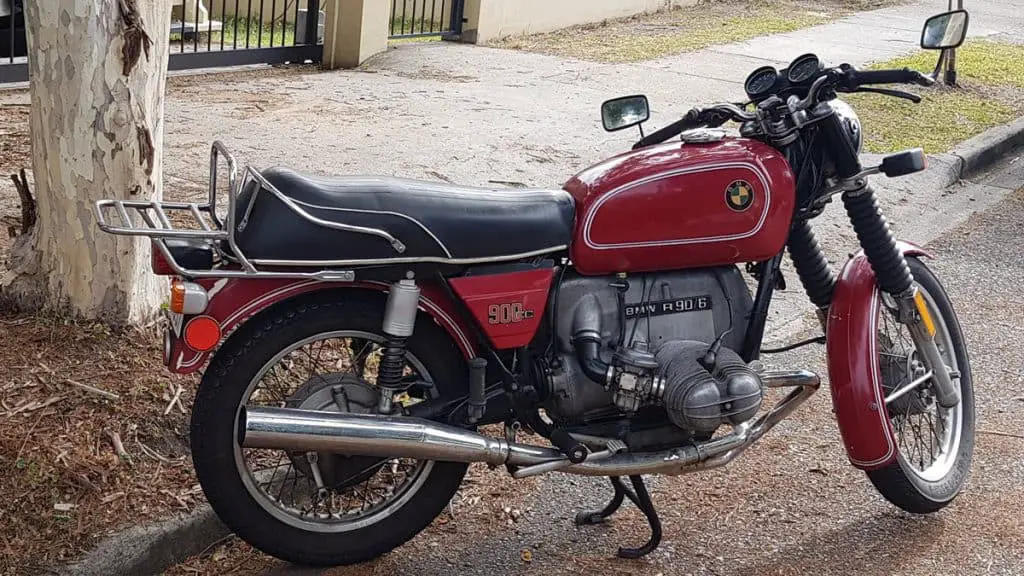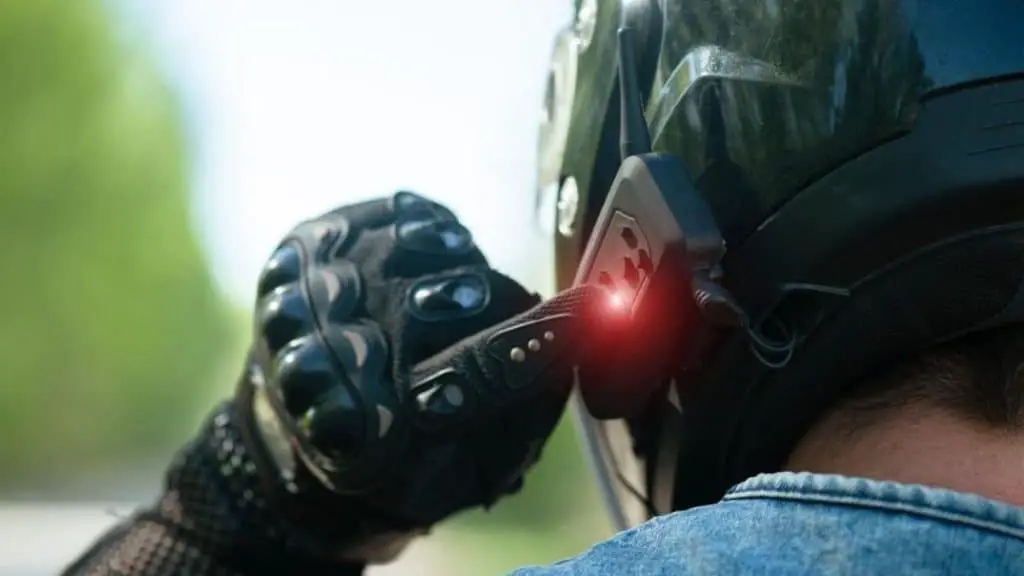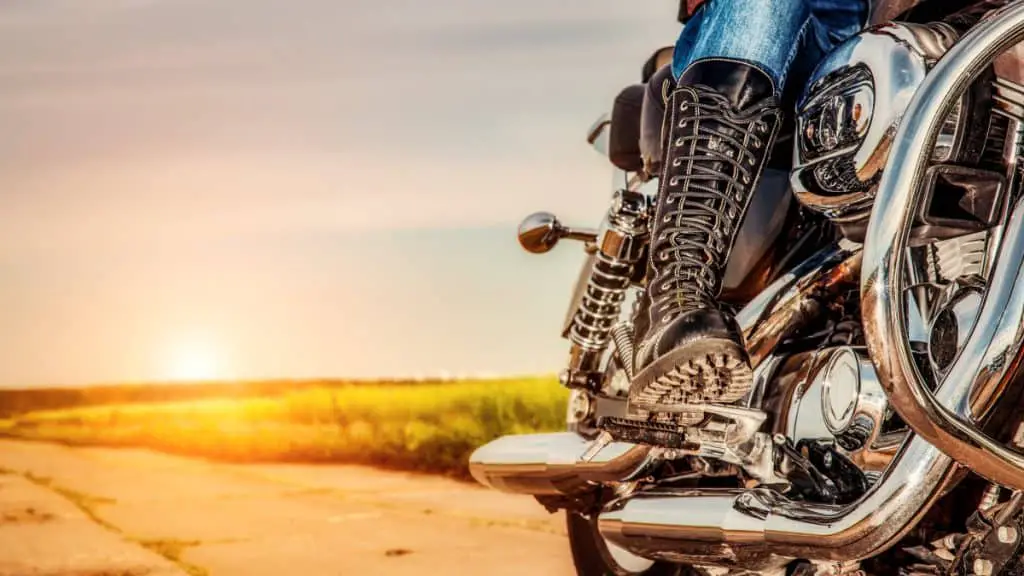What Does Dyno Tuning Do For Your Motorcycle?
Every person that owns a motorcycle wants their machine to perform as best as it possibly can. While regular maintenance like changing your spark plugs, cleaning your chain, and keeping fresh oil in your bike is essential to optimal performance, some people want the next level of diagnostics for their machine. Enter the dynamometer.
Dyno tuning your motorcycle uses a specialized instrument called a dynamometer, or dyno, to measure torque, force, power, and a variety of other performance factors.
Using this instrument, adjustments in the fuel, ignition, and air supply of your bike’s engine can be made to maximize power and performance.
Here, we will take a look at how these tools function, the effects of dyno tuning on your bike, and why you should consider this process to get the most out of your machine. If you have ever wondered about dyno tuning and if it is worth it for your motorcycle, read on.
Dynometer Basics
First off, there isn’t really a need to dyno tune your motorcycle unless you have made some modifications to the carbs, added a big bore kit, or made some other performance-oriented changes. But, if you have done any of this type of work on your bike, you should 100% get it on the dyno.
A dyno functions by placing the rear wheel on a set of rollers and taking the bike through the gears, pushing the RPMs to the limit, and running it at full speed. The rollers and a series of other sensors connected to your bike are linked to a computer that uses graphs to display a variety of different factors that allow you to identify problems and make adjustments accordingly.
As you run through the gears while your bike is on the dyno, the computer will be able to determine if the bike is losing power anywhere, for example, when shifting between 3rd and 4th gear. This loss of power will be displayed on a screen as a graph. Another graph will display your air/fuel mixture ratio, and if it is too rich (too much fuel, not enough air) at the same moment that you are losing power, you have identified one of the potential causes of your loss of power between 3rd and 4th gears.
The next step is to make the necessary adjustments (in this case, either restricting fuel, allowing more air intake, or both) and take the bike for another run. Repeating this process over and over again, you can slowly isolate different factors that are limiting the potential performance of your bike, make adjustments and get the most power, torque, and force of your machine.
In case you want to see it, here’s a quick and simple explanation by WildWhiskeyWolf:
What Else Can a Dyno Tune Tell You?
While increasing the overall power output of your bike is a common reason for getting it on a dyno, the process itself can shine a light on other issues. The real magic of dyno tuning is the ability to chase down the root causes of why your motorcycle is underperforming.
Perhaps your bike isn’t getting the mileage it should be. Tracking down the reason for the sub-par fuel economy without a dyno can be a nightmare. Are the brakes too tight? Is it running too rich? Maybe there is a fouled or malfunctioning fuel injector.
However, with a dyno, you can isolate and examine the different contributing factors, checking off boxes one at a time until you find the culprit (or more likely multiple culprits) that are causing the problem.
Upgrading your exhaust but want to get an idea of the performance of your current set up? Strap it on the dyno tuner and take it for a few runs and check your levels. Now that you know where your bike is performing with your existing exhaust, when you put a new pipe on you will see just how much of a difference your new exhaust system makes.
A dyno tune can also be used to assist in flashing your motorcycle’s ECU. This means that you reprogram your bikes “brain” from factory settings for performance that is more in line with your riding style. Perfecting the timing, fine your tuning fuel/air ratio, and extending the top speed of your bike can all be accomplished with a dyno, a flashing kit, and some ECU software
Final Thoughts

30 years ago dyno tuning was rare and cost-prohibitive, meaning that tuning a performance bike meant ripping it down the track at full speed and making adjustments on the side of the road. Trial and error, repetition, and an ear tuned to the sounds of a perfectly running engine were the name of the game. It was considered an art form more than a science and a master tuner was an impressive figure with secret knowledge.
The dynamometer took much of the guesswork out of performance tuning and brought the tools of computers and science into the process. An essential part of fine-tuning a performance bike and getting the most out of your motorcycle, dyno tuning is definitely worth the time and money.
Frequently Asked Questions
How much does a dyno tune cost?
The price of a dyno tune for your motorcycle depends on a few factors, the most important of which is time on the dyno. Fuel-injected bikes typically take around four hours to properly tune, while carburated motorcycles will only require two hours on the machine. Given the price of the equipment and specialized training required to interpret the results, dyno tuning isn’t cheap, so expect to pay between $300-$700 to get your bike sorted.
Can a dyno tune on my motorcycle save me money on future repairs?
Yes, since a well-tuned bike doesn’t have to work as hard to get the same amount of power, getting your bike in perfect working order with a dyno tuner will reduce wear and tear and the need for repairs further down the road.
Can all bikes be dyno tuned?
Yes, every bike can be dyno tuned, from Big Twin Harleys, all the way down to two-stroke dirt bikes. However, there is less of a need to dyno tune bikes that haven’t undergone performance modifications.

